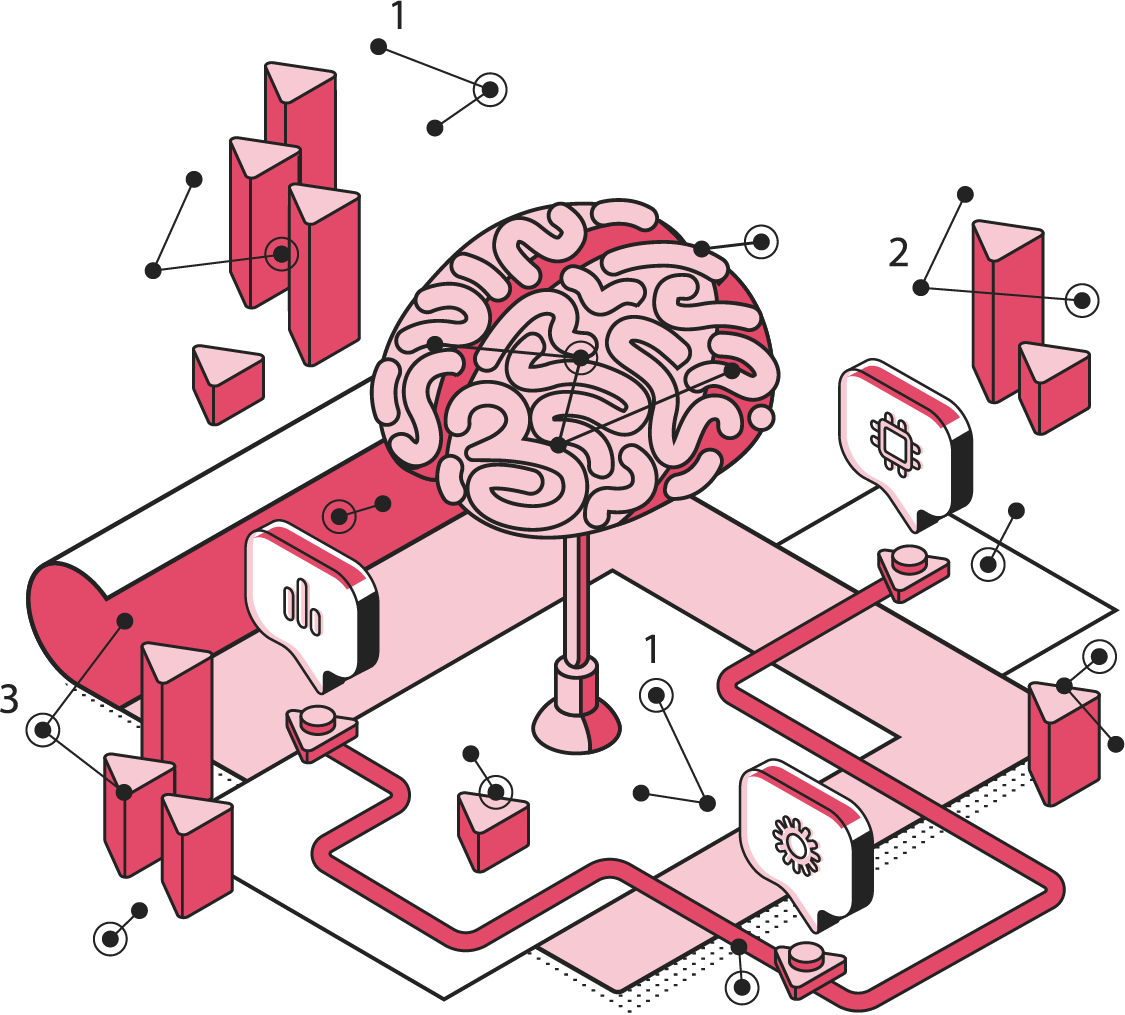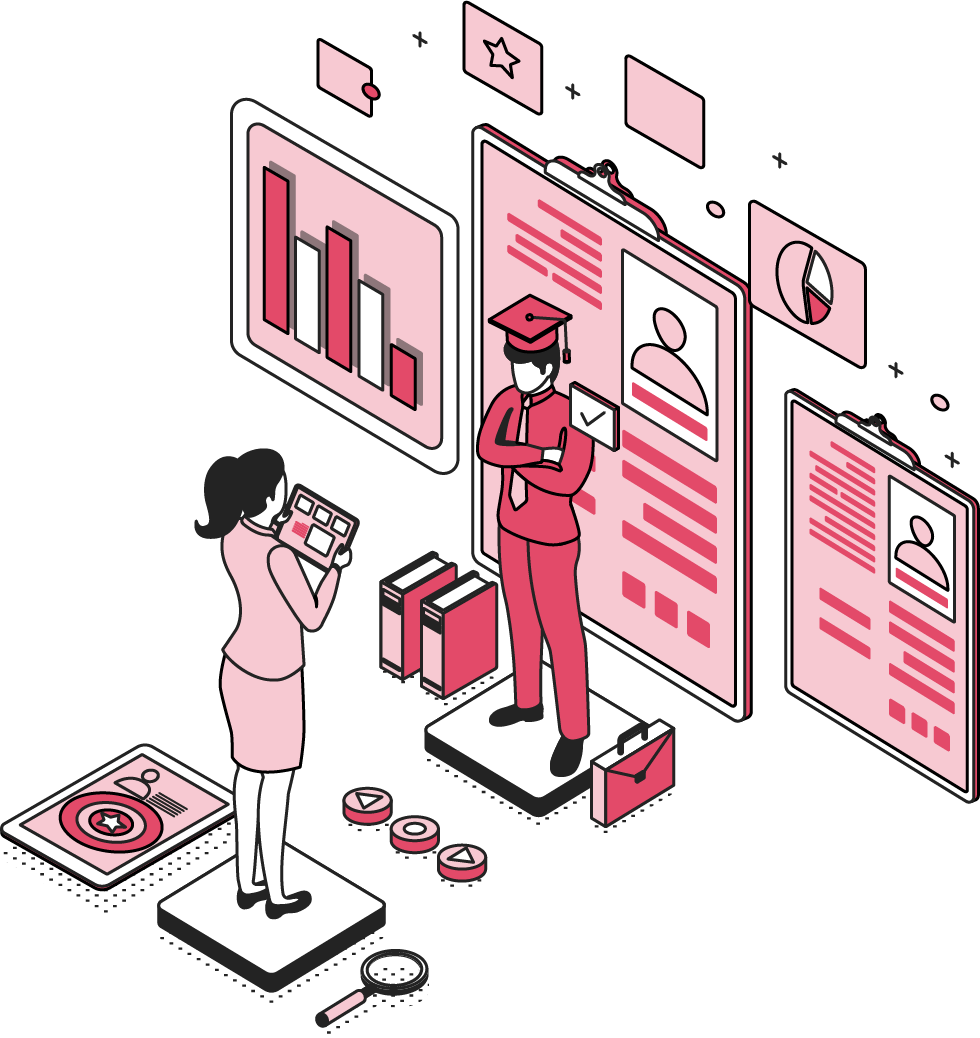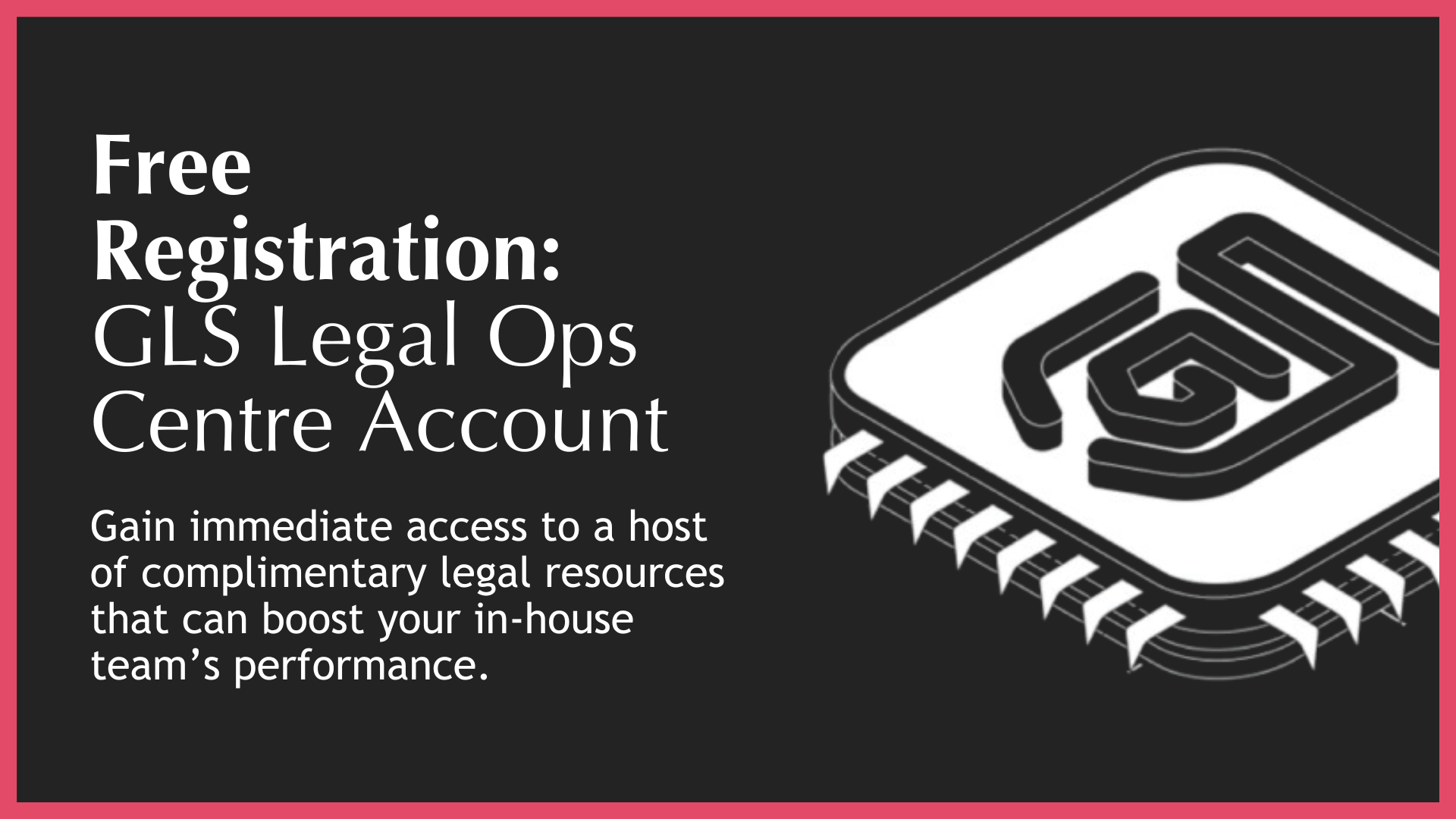Back
The GLS Legal Transformation Tube Map - An Intelligence & Planning Solution
A Complete Planning, Intelligence, and Performance Engineering System for In-House Legal Teams
5 mins • 21 Jan 26
“The GLS Legal Transformation Tube Map represents a lifetime of accumulated thinking about how in-house legal teams actually work - and why so many transformation efforts fail.
What we’ve done is take that experience and turn it into a coherent planning system that legal leaders can explore, interrogate, and use.
With a few clicks, they can access knowledge that was previously fragmented, inaccessible, or simply unavailable - all laid out visually, so abstract problems become concrete.
Few legal teams have ever had access to this level of operational clarity. That is what makes the Tube Map genuinely disruptive. We could not be more proud of it!”
Matt Glynn: GLS Group - Managing Director
The GLS Legal Transformation Tube Map
A Transformation Planning & Intelligence System for In-House Legal Leaders
One of the most persistent and least acknowledged challenges facing in-house legal leaders is not effort, intent, or capability - it is visibility.
Legal leaders are expected to make decisions about resourcing, technology, service models, and risk exposure without a clear, evidence-based understanding of how their legal function actually operates. In practical terms, many are driving blind.
Most legal teams experience familiar pressure symptoms - slow turnaround times, stakeholder frustration, cost tension, uneven workloads, underperforming systems - without a structured way to diagnose root causes.
The result is predictable: reactive decision-making, tool-led initiatives, and transformation programs that look ambitious but fail to shift performance in a sustained way.
The GLS Legal Transformation Tube Map was designed to address this problem directly - with a concrete visual depiction of what a world class in-house legal team looks like that you can interactively explore.
It is not a maturity model, a consulting framework, or a content library. It is a legal department transformation planning and intelligence system - built to make the internal mechanics of legal teams visible, assessable, and improvable.
Access to the GLS Legal Transformation Tube Map and its supporting intelligence is deliberately open. Unlike traditional consulting approaches, our insights do not sit behind paywalls, registrations, or existing advisory relationships - it is available to explore freely.
How the Tube Map Is Structured
The GLS Legal Transformation Tube Map is organised into 15 critical Lines, each representing a critical in-house legal team function within an in-house legal department. Collectively, these Lines span the full operating spectrum of modern legal teams.
◼️ Contracting Line: The end-to-end components of contracting processes that define legal’s impact on commercial outcomes.
◼️ Human Capital Line: The people, roles, responsibilities, and capability development that underpin legal performance.
◼️ General Counsel Line: The strategic leadership disciplines, mandate, and organisational alignment led by the GC.
◼️ Legal Operations Line: The operational backbone — intake, workflows, governance, metrics, and support functions.
◼️ Service Provider Line: How external firms, ALSPs, and vendors are structured, governed, and evaluated as part of legal delivery.
◼️ Knowledge Line: How legal knowledge, precedents, templates, and interpretive assets are captured, shared, and applied.
◼️ Internal Client Line: The engagement, relationship management, and demand shaping between legal and the business.
◼️ Legal Tech Line: The enabling systems, platforms, and digital tools that support legal work execution and data-driven performance.
◼️ Compliance Line: The systems, roles, and capabilities that support regulatory adherence and organisational accountability.
◼️ Co. Sec. Line: Corporate secretariat processes and governance mechanisms that ensure regulatory and statutory obligations are met.
◼️ Disputes Line: The structures and processes for managing litigation, claims, and dispute resolution.
◼️ Performance Management Line: The metrics, targets, and feedback loops that drive evidence-based improvement.
◼️ Managed Legal Services: How legal teams leverage external partners and outsourcing in a structured, performance-aligned way.
◼️ IP Line: The functions and processes that govern intellectual property creation, protection, and exploitation.
◼️ Data Analytics Line: The disciplined use of data, diagnostics, and analytical insight to inform planning and performance decisions.
To pre-empt the “nit pickers” - everyone will have their own view of how a legal function should be depicted. Very few, however, have taken the step of publishing a complete, end-to-end model of legal department operations - and fewer still have pressure-tested that model over time.
The GLS Legal Transformation Tube Map is GLS’s view.
The point is not whether every topic sits in the “perfect” bucket. The point is whether the entire performance spectrum is covered, whether dependencies are visible, and whether leaders can clearly see how issues connect.
On that test, this model has proven robust through more than a decade of real-world application.
Each Line is introduced in detail, explaining why that capability matters, how it contributes to overall legal performance, and what typically breaks down when it is neglected.
Within each Line sit Stations. Each Station represents a distinct performance issue, discipline, or critical resource that materially affects how the legal function operates.
Crucially, Stations are not abstract concepts. Each one is unpacked using a consistent and rigorous assessment framework covering:
◼️Scope — what the Station must actually include in practice
◼️Best Practice Features — what “good” looks like when it is functioning properly
◼️Value to the Legal Team — control, efficiency, and sustainability
◼️Value to the Business — speed, clarity, confidence, and risk management
◼️Productivity Consequences — what happens when the capability underperforms or is absent
◼️Technology Implications — how systems should support it, and why technology fails when foundations are weak
This gives legal leaders the full assessment they actually need - not just ideas, but clear cause-and-effect insight, and a forward planning horizon that allows future needs, pressures, and dependencies to be anticipated rather than reacted to.
Critically, it makes that assessment visual and immediate. Seeing the entire operating system laid out on a single page turns what is often abstract and fragmented into something concrete, navigable, and actionable. Patterns, gaps, and dependencies become obvious in seconds — not after months of analysis.
That shift is the unlock.
It shifts advocacy from persuasion to evidence. Legal can direct business, finance, operational, or technology stakeholders to the relevant Station, where the issue is explained in their language.
GLS Performance Engineering, Not Legacy Legal Management
In many cases, entire Lines on the Tube Map are deliberately designed to reflect GLS performance-engineering systems developed specifically for modern in-house legal teams.
This represents a conscious departure from traditional legal department management approaches — many of which have simply run out of steam.
The pressures facing legal teams today are unprecedented. Demand volume, speed expectations, regulatory complexity, geographic spread, and cost scrutiny have all increased simultaneously. The historical responses — adding headcount or relying more heavily on external counsel — are no longer sufficient or sustainable.
The answer does not lie outside the legal function. It lies inside it. Specifically, it lies in understanding what work is being done, how that work flows, where effort is being consumed, where friction exists, and which interventions will unlock disproportionate performance gains.
The GLS Legal Transformation Tube Map is built on fresh thinking, drawing heavily on performance-engineering principles that have long been applied in other complex operating environments but have rarely been used as deliberate design features of legal teams.
Until now, legal departments have largely been managed as collections of individuals and matters. This model treats them as systems — capable of being designed, measured, and improved.
This approach is expressed through a set of ground-breaking GLS performance initiatives, including the
◼️GLS Contracting Doctrine, which reframes contracting as a production system directly tied to revenue velocity, risk allocation, and operational flow — rather than a sequence of isolated legal tasks
◼️GLS Human Capital System, which applies workload engineering, capacity design, and role clarity to legal teams, replacing static org charts with evidence-based resourcing models;
◼️GLS Legal Tech Doctrine, which rejects tool-led transformation in favour of intake discipline, data readiness, and process control as the true determinants of technology success.
These are not incremental improvements. They represent a deliberate break from legacy legal management thinking - and they sit at the core of why the Tube Map works in helping you achieve exponentially greater performance results from your existing legal team.
A Data-Fuelled Model, Designed for Real Decisions
The GLS Legal Transformation Tube Map is deliberately built to come alive when paired with data.
The observations embedded within the model are not theoretical. They are informed by extensive repositories of data accumulated through GLS’s work with in-house legal teams across regions, industries, and operating models.
That experience shapes what the model highlights, where it focuses attention, and what it deliberately deprioritises.
When applied in practice, legal teams can be benchmarked against peer departments operating at optimal performance levels, using the Tube Map as the reference architecture. Gaps, mis-sequencing, over-investment, and under-investment become visible very quickly.
When that data is mapped against a coherent operating system, it unlocks a level of insight and decision-making authority that cannot be achieved through analytics alone. The intelligence comes from the structure: data placed in the right system becomes actionable, prioritised, and transformative.
In this way, the Tube Map acts as a multiplier for data: simple inputs produce disproportionately valuable insight when viewed through the right structural lens.
Through the Legal Operations channel on the GLS Legal Operations Centre - in-house teams can access performance assessment diagnostic tools that enable the creation of high-quality, decision-grade data — either independently (DIY) or with GLS support in a managed capacity.
Access to What “World-Class” Actually Looks Like
One of the most under-appreciated constraints in legal operations is not capability, but exposure.
Most in-house legal teams are small, geographically disbursed, largely working independently, and frequently local. People know what they have seen, what they have inherited, and what they have personally experienced.
Very few have sustained visibility into how high-performing legal departments operate across industries, regions, and operating models. We change that!
Compounding this, much of the available industry content is either limited in depth or shaped by commercial incentives. Industry bodies publish partial data. Conferences and forums are frequently vendor- or law-firm-driven.
As a result, very little attention is paid to what actually happens inside the in-house legal function - how work flows, where effort leaks, and why performance breaks down.
The GLS Legal Transformation Tube Map is designed to look under the bonnet of the modern day legal team - the dire need for which we explored in detail in Under the Hood: Why Legal Leaders Are Driving Blind, and it sits at the core of why the GLS Legal Transformation Tube Map exists.
It represents GLS’s view of what world-class legal department performance looks like in practice, across every major operating dimension — grounded in real operating data rather than marketing narratives — and it is made freely available.
Intelligence Access, Not a Linear Journey
Engagement with the GLS Legal Transformation Tube Map is not linear - and it is not meant to be.
Whether someone enters through a Station overview, a deep-dive intelligence article, or a practical resource, that entry point triggers a curated intelligence journey. Interlinking is deliberate. Readers are guided from symptom to root cause, from local issue to system-wide understanding.
This allows legal leaders to engage tactically - sharing a single Station or article with a stakeholder — while knowing that broader context and deeper insight will naturally follow.
“What we set out to build with the Tube Map was simple to state and hard to execute: give in-house legal leaders clicks to clarity. A way to see their entire operating system on one page, understand where performance breaks down, and then drill into the intelligence needed to fix it. That kind of access to practical, hard-won legal operations knowledge simply didn’t exist before — certainly not in a form that leaders could explore and apply themselves.”
And that curated intelligence journey that we offer to our community will only get better as we grow!
Do It Yourself — If You Can
At its core, the GLS Legal Transformation Tube Map is designed to help legal teams self-improve.
Most legal departments operate in resource-constrained environments. The goal is to give leaders the intelligence they need to diagnose issues, prioritise high-impact interventions, and improve performance independently.
And if support is required — as it often is — the model ensures there are no surprises. By the time teams engage GLS, they already understand the approach, the principles, and the standards being applied.
GLS’s philosophy is simple: leverage, efficiency, and verifiable outcomes. It is actions — not promises — that build confidence.
This is one of the single biggest authority drivers of our model.
Almost all legal operations intelligence out in the public domain is to varying degrees, vendor generated. Little content is actually generated by the in-house community itself. This means “vested interests” have often shaped public discourse on legal operations for the most part.
“For decades, the deepest insight into how legal departments really operate has been locked behind consulting engagements or proprietary platforms. The Tube Map turns that model on its head. It makes a complete, performance-engineered view of the in-house legal function visible, navigable, and usable. It’s not theory. It’s not opinion. It’s a system built from real experience — and it gives legal leaders the ability to plan, prioritise, and improve with confidence.”
GLS remains an independent voice - advocating for the global in-house community - free of law firm and tech vendor sponsorships - whether it be use of their premises, event lead sponsorship or key exhibitor status. And free of membership fees to recognised industry groups that rely on “industry” sponsors.
Again, rather than prescribing expensive interventions, proprietary platforms, or abstract maturity frameworks, the GLS Legal Transformation Tube Map supports a future of self-authorised, self-implemented improvement, wherever possible.
The emphasis is on doing the simple things right, doing them well, and doing them consistently. Structure before scale. Discipline before automation. Evidence before investment.
A Living System — Not a Static Model
The GLS Legal Transformation Tube Map is not static - and it is not finished.
It will continue to evolve as legal team operating models change and new performance pressures emerge. The Tube Map is designed to become the primary point of access to everything GLS knows about in-house legal department performance - and to direct you to available resources or support scenarios, but only if needed.
The nature of legal operations and legal team transformation is that the Tube Map will always be a work in progress. However, it already represents the most comprehensive, practical, and openly accessible body of legal department performance intelligence available globally - not as a claim of finality, but as a reflection of scope, structure, and real-world grounding.
Most importantly, it is free to explore and use.
We built it to be used — to help legal leaders think more clearly, prioritise more confidently, and improve performance at their own pace, in their own environment.
We very much hope you will.
The Bottom Line
The GLS Legal Transformation Tube Map exists to help legal leaders stop guessing, stop reacting, and start leading with clarity.
It replaces noise with structure, uncertainty with visibility, and fragmented initiatives with a coherent operating system.
“I don’t say this lightly, but the Tube Map is the most important thing we’ve built at GLS. It captures years of observation, experimentation, and hard lessons about how legal teams succeed or fail. More than that, it gives leaders something they’ve never really had before — a way to understand their function as a system, not a collection of issues. That changes how decisions get made.”
You be the judge and we hope you find it useful.
Ready To Transform Your Legal Team?
Please check out the GLS solutions and know-how resources listed on the right side of this page – they might assist your legal team with the issues explored in this Blog.
© The GLS Group - Law Rewritten
Observations & Tips: The GLS Legal Transformation Tube Map
◼️ Think System, Not Symptoms: The Tube Map is most powerful when used to understand how issues connect. Resist the urge to fix isolated problems; look for structural causes across Lines and Stations.
◼️ Start Where the Pain Is Felt: You do not need to begin at the “start” of the Map. Enter through the Station or Line where pressure is highest and let the interlinking guide you to root causes.
◼️ Use the Visual to Create Alignment: Seeing the full legal operating system on a single page turns abstract debate into concrete discussion. It is one of the fastest ways to align Legal, Finance, IT, and the business on what actually needs to change.
◼️ Sequence Before You Scale: Many transformation failures come from tackling advanced capabilities too early. The Tube Map makes dependencies explicit — use it to get the order right before investing time, money, or credibility.
◼️ Pair Insight with Data Early: The intelligence in the Map accelerates dramatically when combined with a data-based current-state view. Even simple diagnostics, when mapped to a coherent system, unlock powerful prioritisation and planning insight.
◼️ Exploit the Interlinking: Stations and articles are deliberately connected. Following those links is not optional — it is how the model moves you from local issues to system-wide understanding.
◼️ Treat It as a Planning Tool, Not Reading Material: The Tube Map is designed to support real decisions — what to fix, what to defer, and where to focus next. Use it to plan, not just to learn.
◼️ Enable Self-Improvement First: The Map and its associated resources are built to allow legal teams to diagnose and improve performance independently wherever possible. That capability is itself a competitive advantage.
◼️ Bring Others Into the Model: Sharing a single Station or Line with stakeholders is often more effective than any internal memo. The structure does the explaining for you, including the Business (CFO, CEO, CTO, etc)
◼️ Revisit as You Evolve: As your legal function matures, the relevance of different Lines and Stations will change. The Tube Map is designed to be returned to — not consumed once.
◼️ Use GLS Support Deliberately: If and when support is needed, the Map ensures conversations are execution-focused. The value comes from action against a shared system, not from exploratory discussion.
◼️ Judge It by Its Utility: The ultimate test of the Tube Map is not whether you agree with every label or grouping, but whether it helps you see more clearly, decide more confidently, and improve performance faster.

The GLS Legal Operations Centre
Register to access your complimentary Day 1 Resource Stack packed with legal team performance resources.
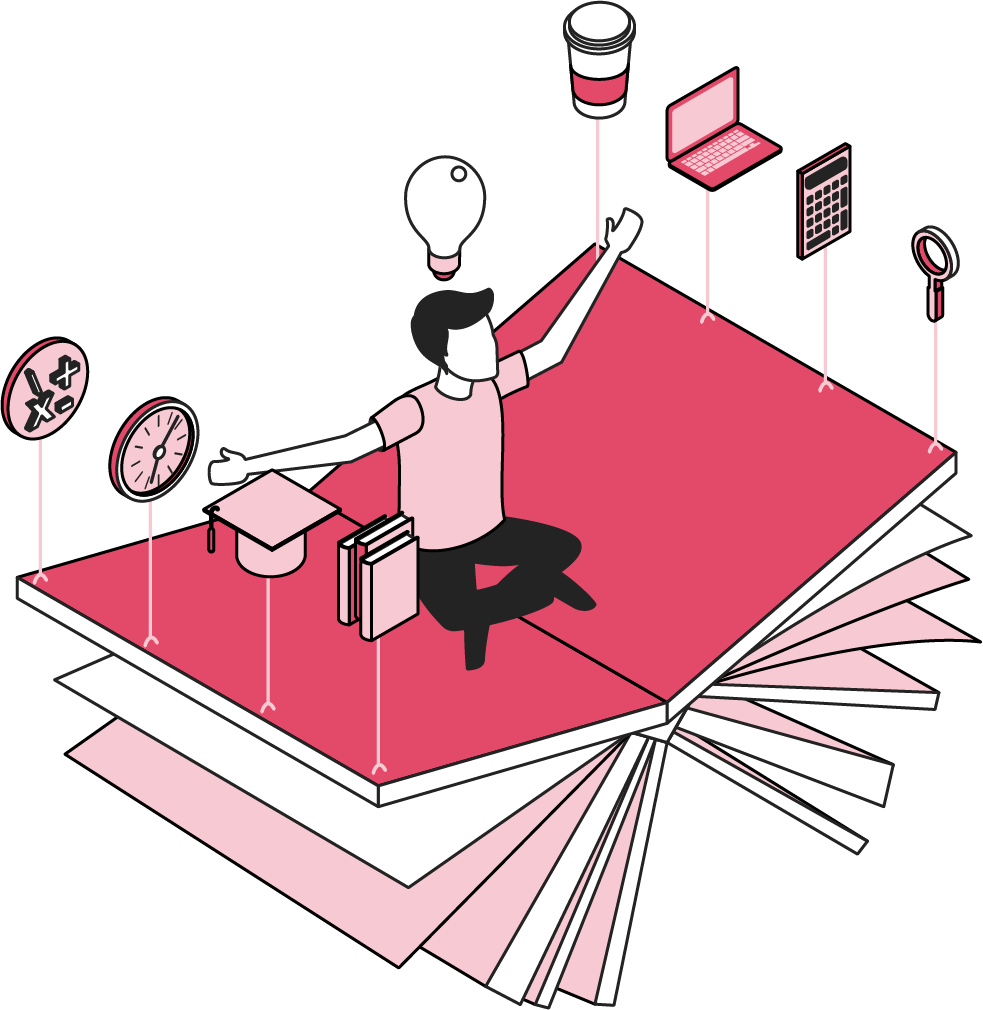
GLS Ultimate Guide To Legal Operations
Download this and read it thoroughly and regularly. It is a wonderful transformation companion.
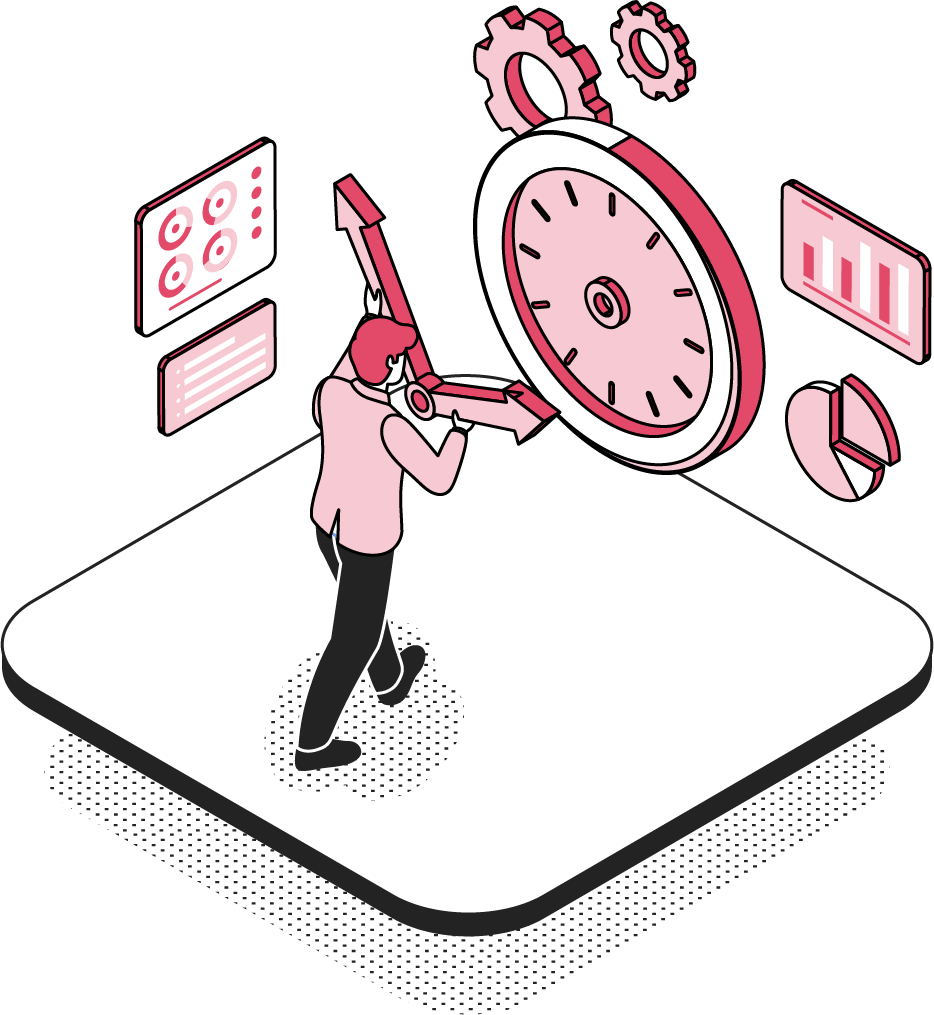
Book A No-Obligation Consultation
If you would like discuss your legal transformation needs, please book a 30 minute free consultation with us.
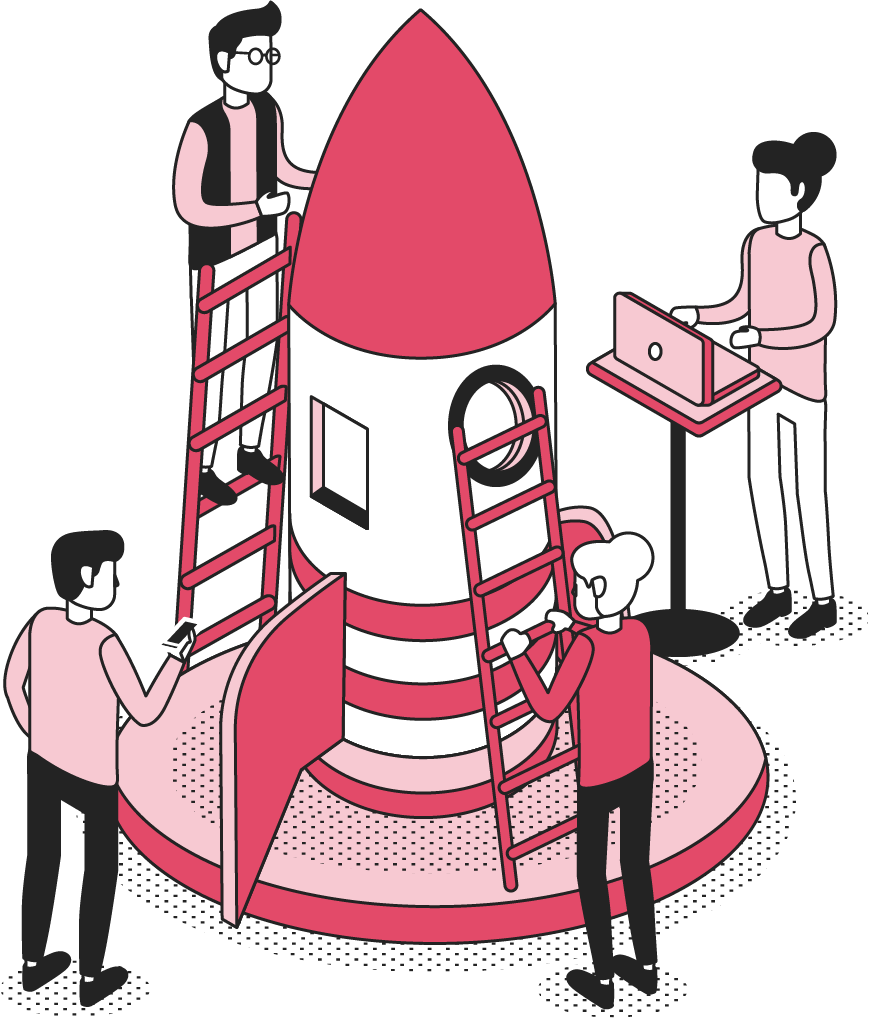
GLS Legal Transformation Boot Camp
Our hugely successful, 10-week long, email-based boot camp on how to effectively transform your legal team.
